Lesson 9: Building Form with Color Blocking
When painting, especially something as complex as a horse portrait, I always approach it like a paint-by-number. This method allows me to build form through large blocks of color.
Simplify, Simplify
In this stage, I’m not blending colors, even though it might seem tempting. Blending can easily muddy the colors and lose the structure we’re trying to establish. Instead, I’m focusing on filling in big shapes, just as we did with the shadows in the previous lesson. Try holding the reference photo at a distance and squinting - it’s easier to parse the large shapes and values rather than getting caught in the small details.
Watch my MasterDemo to learn more.
Mindful Brushstrokes
Your brushwork is a powerful tool that can help you suggest form. For the mane, long strokes that follow the flow of hair create a sense of movement. As I work on areas like the face or body, I think of the bone structure and contours beneath, almost as if I’m sculpting with paint.
Adjusting As You Go
Once the main shapes and values are in place, I can start mixing some more complicated mid-tones, using the main colors I’ve already mixed. This is where mixing up plenty of paint in the beginning can really be helpful.
Playing With Unfinished Edges
I love leaving some edges loose and unfinished in a horse portrait like this. Leaving some parts of the horse unfinished around the edges can give a dynamic, lively feel to the piece. Be daring with your brushwork when you try this out - you can always add more paint on top later if it’s too unfinished for your liking, but if you completely cover your underpainting you can’t get that unfinished look back again.
Trusting The Roadmap
At this point, the painting has a vibrant blocky quality, which might look unusual, but the color blocks lay the foundation for finer details to come. I find that adding details too soon, especially to key elements like the eyes, can disrupt the flow of the painting. For now, it’s all about trusting the process and building a strong, colorful framework.
With each swipe of the brush, I’m sculpting the horse’s form, confident that these foundational steps will guide my final layers.
Watch my MasterDemo to learn more.






